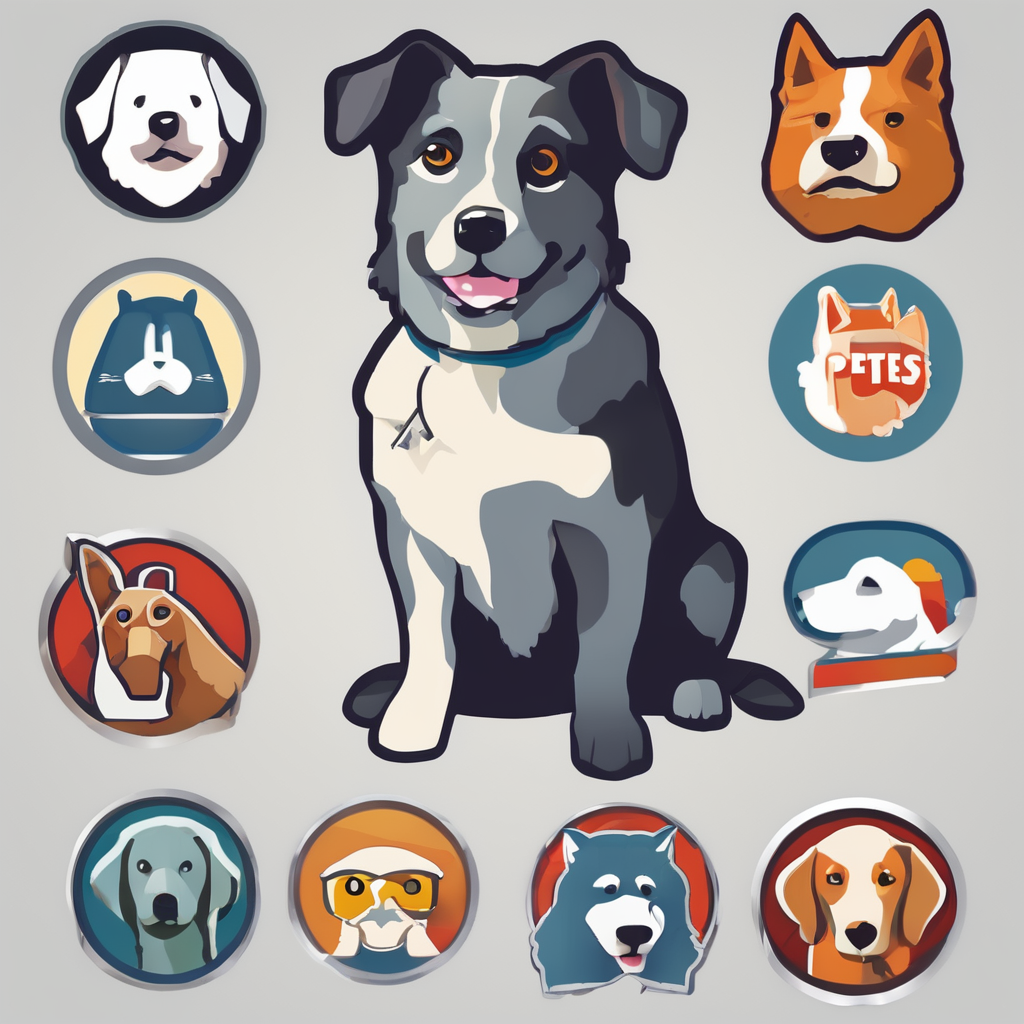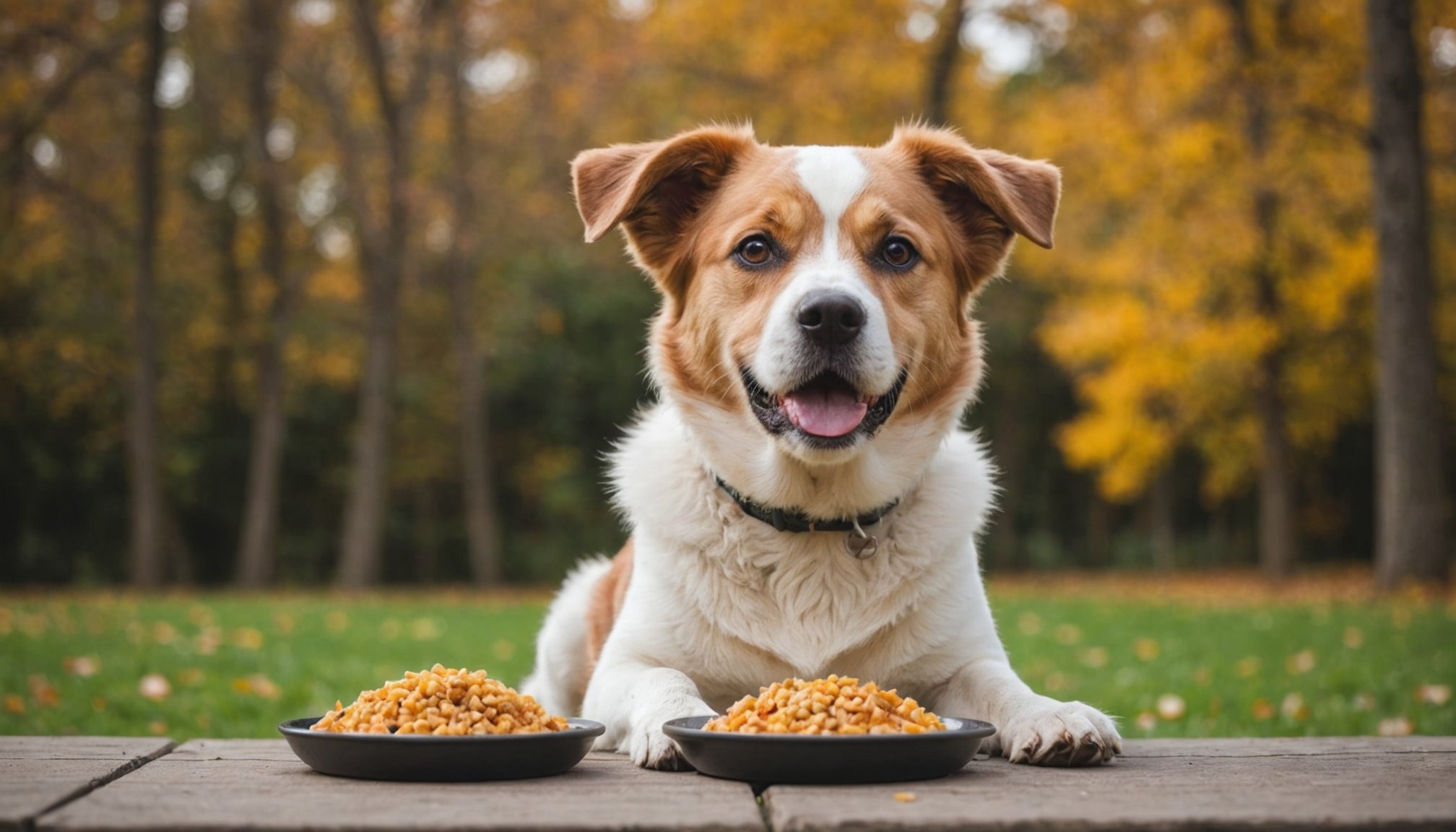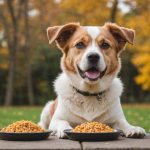Maintaining your dog’s weight at an optimal level is crucial for their overall health and well-being. Whether your canine companion is overweight or underweight, having the right knowledge about diet adjustments can make a world of difference. With obesity and other weight-related issues climbing within the pet population, being informed about dietary changes is essential for every dog owner. This article serves as a comprehensive guide to tweaking your dog’s diet to keep them healthy, active, and content.
Understanding Your Dog’s Weight
Dogs, like humans, come in various shapes and sizes. While some breeds are naturally more robust, others are lean and svelte. The American Kennel Club (AKC) provides breed standards that can help you understand the ideal weight for your dog. But remember, each dog is unique, and weight can vary based on factors like age, health status, and activity level.
Additional reading : Mastering the art of administering oral medications to your stubborn shiba inu: a comprehensive pet owner”s guide
When considering weight adjustments, it’s vital to determine whether your dog is indeed overweight or underweight. A basic weight check involves feeling for your dog’s ribs. If they’re difficult to feel without pressing hard, your dog may be carrying extra pounds. Conversely, if the ribs are visible or felt too prominently, your dog may be underweight. Veterinarians often use a Body Condition Score (BCS) ranging from 1 to 9 to evaluate a dog’s weight status accurately.
The Consequences of Incorrect Weight
Carrying extra weight can lead to a host of health concerns. Overweight dogs are at risk of conditions like diabetes, heart disease, and arthritis. On the other hand, underweight dogs might suffer from malnutrition, weakened immunity, and decreased muscle mass. Consulting with a vet for an accurate assessment and tailored advice is recommended.
This might interest you : What are the benefits of obedience training for my dog, and how can I get started?
Key Takeaway
Understanding your dog’s weight is the first and most crucial step before making any dietary changes. A visit to the veterinarian is always a good starting point.
Adjusting Diet for Overweight Dogs
If your furry friend is overweight, you may need to rethink their current diet and lifestyle. Reducing your dog’s weight doesn’t mean simply cutting back on food; it requires a balanced approach.
Healthier Food Choices
Opt for high-quality, low-calorie dog foods that focus on protein and fiber. Avoid foods high in fats and sugars. Ensure the diet is rich in nutrients but not in calories. Many pet food brands offer special formulas for weight management that might be worth considering.
Measuring Portions
Portion control is vital. Use a measuring cup to ensure you’re not overfeeding. Follow the feeding guidelines on your dog’s food packaging, but adjust based on your vet’s advice. Feeding smaller, more frequent meals can help control hunger and aid digestion.
Incorporating Exercise
Physical activity is equally essential. Encourage exercise through regular walks, playtime, and even agility courses. Incorporate fun activities to keep your dog engaged and active. Remember, a tired dog is often a healthy dog.
Veterinary Guidance
Consult with your veterinarian for a personalized weight loss plan. They can recommend specific dietary changes and exercise regimes tailored to your dog’s needs.
Key Takeaway: A balanced approach combining the right food, controlled portions, and regular exercise ensures your dog’s successful weight loss journey.
Adjusting Diet for Underweight Dogs
For underweight dogs, the goal is to ensure they gain weight in a healthy and sustainable manner. Simply increasing food quantity isn’t always the ideal solution.
High-Calorie, Nutrient-Dense Foods
Select foods that are high in calories but also rich in nutrients. Foods with good quality protein sources like chicken, beef, or fish are excellent choices. Look for formulas that promote weight gain and muscle growth.
Gradual Increase in Portions
Increase your dog’s food intake gradually to prevent digestive upset. Split the meals into several smaller servings throughout the day, which can help with nutrient absorption.
Supplements and Additives
Consult your vet about adding supplements like omega-3 fatty acids, which can enhance skin and coat health. Probiotic supplements may also help improve digestion and nutrient absorption.
Monitor Health Changes
Regularly monitor your dog’s weight and health condition. Frequent vet visits can ensure you’re on the right track, making necessary adjustments along the way.
Key Takeaway: A focus on nutrient-dense foods and gradual dietary changes can assist your dog in achieving a healthy weight efficiently and safely.
The Role of Exercise and Veterinary Oversight
No matter whether your dog is overweight or underweight, exercise plays a pivotal role in maintaining their overall health. Combined with the right dietary changes, it helps regulate weight while improving cardiovascular health.
Understanding Suitable Exercise
For overweight dogs, start with short, frequent walks and gradually increase their intensity and duration. Swimming is a great low-impact exercise alternative that can burn calories without stressing joints.
Underweight dogs may not have the stamina for rigorous activities. Engage them in mild, enjoyable play sessions to build endurance and muscle gradually.
Importance of Regular Vet Check-Ups
Veterinary oversight is vital for a successful weight management program. Regular check-ups help track progress and make necessary dietary and exercise adjustments. It’s essential that any changes in your dog’s diet or exercise regimen are monitored and guided by a professional.
Key Takeaway: Exercise, tailored to your dog’s needs and combined with professional guidance, is a cornerstone of healthy weight management.
Adjusting your dog’s diet to address weight issues is a critical step towards ensuring their long-term health and happiness. Whether dealing with an overweight or underweight dog, it’s important to approach dietary changes with care and precision. By selecting the right foods, managing portions, and incorporating appropriate exercise, you can help your dog regain and maintain their optimal weight.
Seek continuous support from your veterinarian to maximize your efforts, ensuring your furry friend enjoys a vibrant life. Remember, the journey towards a healthy weight is as much about consistent effort as it is about making informed choices. With dedication and the right knowledge, your dog will thrive, showcasing the vitality and joy that comes with good health.









